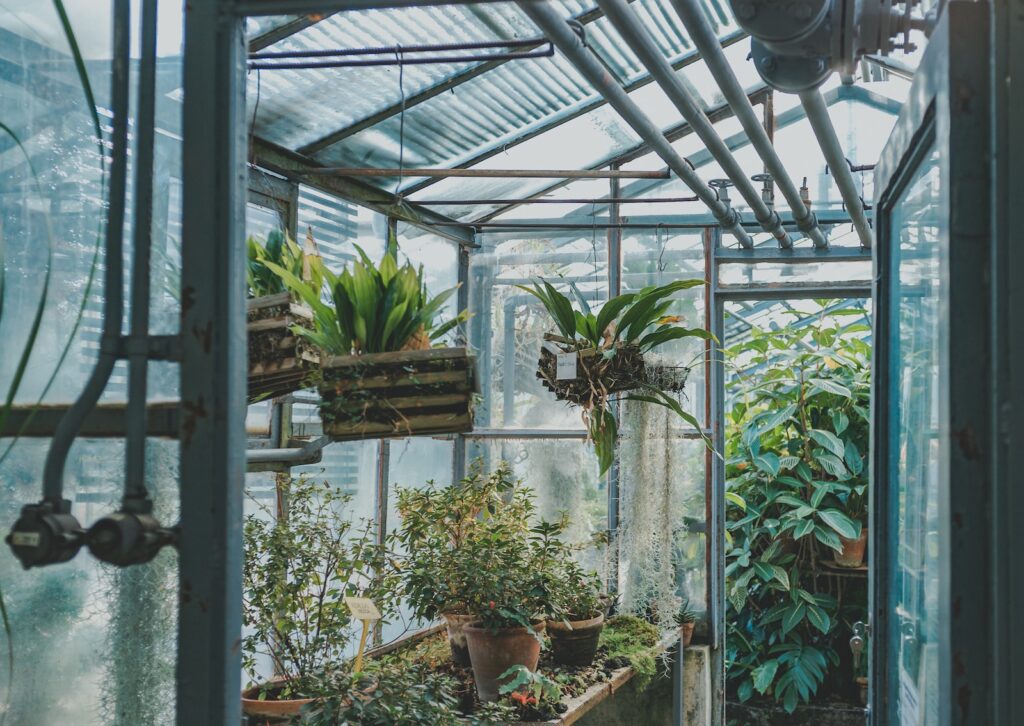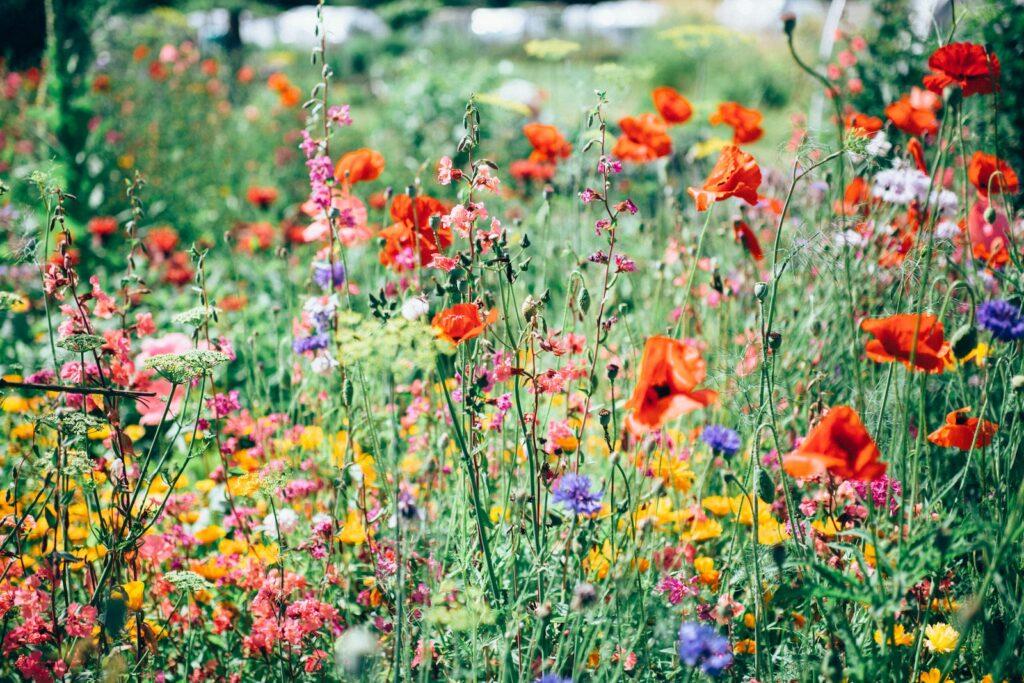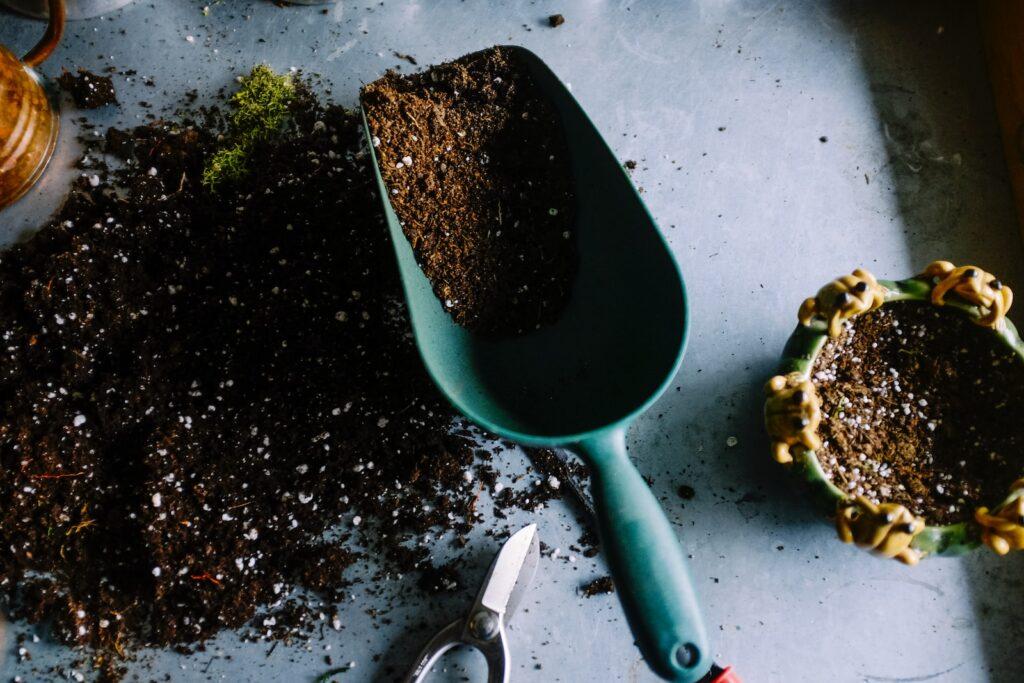Rated & Reviewed is reader-supported. When you buy through links on our site, we may earn an affiliate commission. Learn more.
Backyard greenhouses offer numerous benefits for gardening enthusiasts. Whether you’re a beginner or an experienced gardener, a backyard greenhouse provides a controlled environment for year-round gardening, allowing you to extend growing seasons and enjoy fresh produce or beautiful blooms even during colder months. In this article, we will explore the benefits of backyard greenhouses and provide valuable information on designing and building your own greenhouse.

Preparing Your Area for a Backyard Greenhouse
Before embarking on building your backyard greenhouse, it’s important to prepare the area where it will be situated. Consider the following factors when selecting the perfect spot for your greenhouse:
Where to Place Your Greenhouse
Choosing the right location for your greenhouse is crucial. It should receive ample sunlight throughout the day, ideally facing south to maximize exposure to the sun. Avoid placing your greenhouse under large trees or structures that can shade your plants and limit sunlight.
Size Requirements
Determine the size of the greenhouse that fits your needs and available space. Consider what you plan to grow and how much room each plant requires. Remember to leave enough space for pathways and working areas within your greenhouse.
Sun Exposure
Ensure your greenhouse receives adequate sun exposure to promote plant growth. Use a sun chart or consult with local gardeners to determine the best orientation for your greenhouse based on the available sunlight in your area.
No products found.
Designing Your Greenhouse
Once you have prepared your area, it’s time to design your backyard greenhouse. Consider the following aspects:
Styles & Types
Greenhouses come in different styles and types, ranging from traditional freestanding structures to lean-to or even dome-shaped designs. Choose a style that suits your aesthetic preferences and meets your gardening needs.
Base Materials
Selecting the right base materials for your greenhouse is essential for stability and durability. Common options include concrete, wood, or composite materials. Factors such as cost, climate, and personal preference should be considered when choosing the base material.
Construction Materials
When it comes to construction materials, there are various options available, such as glass, polycarbonate, or plastic panels. Each material offers different benefits in terms of light transmission, insulation, and cost. Research the pros and cons of each material to make an informed decision for your greenhouse.
Building Your Greenhouse
Once you have prepared your area for a backyard greenhouse and designed the perfect structure, it’s time to start building. This section will guide you through the process of building your greenhouse, whether you choose to use a pre-made kit or opt for a DIY approach.
Greenhouse Kits
If you prefer a more straightforward and hassle-free option, greenhouse kits are an excellent choice. These kits typically come with all the necessary materials and instructions for assembling your greenhouse. They are available in various sizes and styles to suit different needs and preferences. Greenhouse kits are convenient for beginners or those who prefer a quicker installation process.
When selecting a greenhouse kit, consider the materials used, such as aluminum frames or durable polycarbonate panels. High-quality kits offer excellent insulation and UV protection, ensuring optimal growing conditions for your plants.
DIY vs. Professional Installation
Alternatively, if you enjoy hands-on projects and have experience in construction, you may want to build your greenhouse from scratch. DIY greenhouse construction allows for more customization options and flexibility in terms of size, design, and materials.
However, keep in mind that building a greenhouse from scratch requires careful planning, time, and effort. You will need to source the necessary materials, such as timber or PVC pipes for the frame, and consider factors like insulation, ventilation, and structural stability.
If you’re not confident in your construction skills or prefer to leave the building process to professionals, you can hire a contractor or company specializing in greenhouse installations. They will ensure your greenhouse is properly constructed, meeting all your specific requirements.
Structural Setup
Regardless of whether you choose a greenhouse kit or a DIY approach, the structural setup of your greenhouse is essential for its longevity and functionality. Ensure that the greenhouse is properly anchored to the ground, especially in areas prone to strong winds or inclement weather.
Follow the manufacturer’s instructions closely or consult with experts if you’re constructing your greenhouse without a kit. Pay attention to the proper placement of structural components to ensure stability and durability. Properly sealing any openings or joints in the greenhouse will help maintain a controlled environment.
Remember to take into account any additional features, such as vents, doors, or windows, during the construction process. These features play a crucial role in ventilation, temperature control, and access points for maintenance.
Supplied Components
After building your greenhouse, it’s time to focus on the essential components that will contribute to its functionality and success in growing plants. These supplied components should be carefully selected to create an optimal growing environment.
Glass Panels
Many greenhouses utilize glass panels for their walls and roof due to their excellent light transmission properties. Glass provides a clear view of your plants and allows ample sunlight into the greenhouse, creating ideal growing conditions. However, glass can be fragile and prone to breakage, so it’s important to handle it with care during installation.
Alternatively, you can choose other materials such as polycarbonate panels, which offer durability, insulation, and UV protection. These panels are lightweight and resistant to impact, making them a popular choice for backyard greenhouses.
Pest Control
Pests can be a major concern in any greenhouse, potentially damaging your plants and hindering their growth. Implementing a proper pest control system is crucial to protect your plants. Common pest control measures include using insect screens or nets on windows and vents to prevent pests from entering the greenhouse.
Additionally, consider incorporating natural pest control methods, such as introducing beneficial insects like ladybugs or using organic pest repellents. Regular monitoring of your plants for any signs of pests will help catch infestations early and prevent widespread damage.
Ventilation
Proper ventilation is essential for maintaining a healthy environment inside the greenhouse. It helps regulate temperature, humidity levels, and air circulation, preventing the buildup of excessive heat or moisture that can harm your plants.
Ventilation can be achieved through the use of windows, vents, or fans. Automatic vent openers are available for greenhouse roofs or sidewalls, which can open and close based on the temperature or humidity level inside. This ensures a consistent flow of fresh air without the need for constant manual adjustment.
Additional fans or circulation systems may be necessary to prevent stagnant air and improve air movement within the greenhouse. Good airflow helps strengthen stems, prevents the development of mold or fungal diseases, and promotes healthy growth.
Furnishing Your Greenhouse
Once your greenhouse is built and equipped with the necessary components, it’s time to consider the interior furnishings that will enhance your gardening experience and ensure the optimal growth of your plants.
Shelving & Racks
Utilizing shelves and racks in your greenhouse creates more space for organizing your plants, tools, and gardening supplies. Sturdy, rust-resistant metal or wooden shelves are recommended to withstand the moisture and humidity inside the greenhouse. Consider adjustable shelving options to accommodate various plant heights and pot sizes.
Vertical gardening systems or hanging baskets are also popular choices for maximizing growing space in a greenhouse. These systems allow you to grow plants vertically, utilizing the height of the structure and freeing up valuable floor space.
Heating & Cooling
Controlling the temperature inside your greenhouse is crucial, particularly in colder or hotter climates. Greenhouses generally require supplemental heating during cooler months and cooling methods such as fans or ventilation during warmer seasons.
Heating options include electric heaters, propane heaters, or radiant heating systems. Consider the size of your greenhouse, insulation level, and local weather conditions when selecting the appropriate heating method. Additionally, investing in a thermostat or temperature regulator helps maintain a consistent temperature within the greenhouse.
Cooling options may include evaporative cooling systems, shade cloths, or exhaust fans. These help dissipate excessive heat and maintain optimal temperatures for your plants’ well-being.
Soil & Nutrients
Choosing the right soil and providing proper nutrition is essential for the success of your greenhouse plants. Consider using a high-quality, well-draining soil mix suitable for your desired plant varieties.
Fertilizers and organic amendments, such as compost or vermicompost, can provide essential nutrients to support plant growth. Regular monitoring of soil pH and nutrient levels will help you adjust fertilization strategies accordingly.
Consider implementing a drip irrigation system or using water timers to ensure consistent and efficient watering. These methods help prevent over or under-watering and distribute water evenly throughout your greenhouse.
No products found.
Plant Selection & Maintenance
When it comes to selecting plants for your backyard greenhouse, there are a few key considerations to keep in mind. First and foremost, think about the climate and environmental conditions in your area. Some plants thrive in cooler temperatures, while others require warmer climates.
Additionally, consider the amount of sunlight your greenhouse receives. Some plants require full sun, while others prefer more shade. It’s important to choose plants that are compatible with the conditions you can provide in your greenhouse.
Furthermore, think about the maintenance requirements of different plant species. Some plants are low-maintenance and require minimal care, while others may need more attention and specific care routines. Consider your time commitment and choose plants that align with your ability to provide proper care.
When it comes to maintenance, regularly check your plants for any signs of disease or pests. It’s crucial to catch any issues early on to prevent them from spreading and damaging your entire crop. Implement a pest control strategy, such as using natural or organic methods, to protect your plants.
In addition to regular maintenance, consider implementing plant barcoding. This technique involves labeling plants with unique identifiers, such as QR codes, to track their growth and monitor their health. By using barcoding technology, you can easily access important information about each plant and make informed decisions regarding care and maintenance.
Greenhouse Automation
Advancements in technology have made it possible to automate various aspects of greenhouse operation, saving time and ensuring optimal conditions for plant growth. Here are some key areas where automation can be beneficial:
Automated Lighting: Installing automated lighting systems allows you to program specific light cycles for your plants. This is especially useful for maintaining consistent growth patterns and providing supplemental light during cloudy days or winter months.
Automated Temperature & Humidity Control: Maintaining the ideal temperature and humidity levels is crucial for plant growth. Automated systems can monitor and adjust these factors to ensure optimal conditions, even when you’re not around.
Automated Watering & Fertilizing Systems: Consistent and precise watering and fertilizing are key to successful plant growth. Automated systems can be set up to deliver the right amount of water and nutrients at specific intervals, reducing the risk of under or over-watering.
Investing in greenhouse automation can greatly simplify your maintenance routines and increase the chances of successful plant growth.
Tips for Greenhouse Success
Successfully maintaining your backyard greenhouse requires regular care and attention. Here are some valuable tips to ensure your greenhouse is thriving:
Seasonal Maintenance: Regularly check and clean your greenhouse, particularly during the changing seasons. Remove any debris or fallen leaves, and inspect for signs of wear and tear. Take time to adjust ventilation settings and make any necessary repairs.
Pest Control: Implement a proactive pest control strategy, such as physical barriers, beneficial insects, or organic pest control products. Regularly inspect your plants for any signs of pests and promptly address any issues to prevent infestations.
Plant Barcoding: Utilize plant barcoding technology to track and monitor the health and growth of your plants. This will allow you to identify potential issues early on and take necessary actions to ensure their well-being.
By following these tips, you’ll be well on your way to maintaining a successful backyard greenhouse.
Conclusion
A backyard greenhouse offers numerous benefits, allowing you to extend your gardening season, grow a wider range of plants, and enjoy fresh produce all year round. By properly selecting and maintaining your plants, incorporating automation systems, and following essential tips for greenhouse success, you can create a thriving and fruitful oasis right in your own backyard.
Embrace the opportunities a backyard greenhouse provides and enjoy the beauty and productivity it adds to your gardening experience.
Frequently Asked Questions
1. What are the benefits of having a backyard greenhouse?
Having a backyard greenhouse allows you to extend your growing season, protect plants from extreme weather conditions, and have more control over the growing environment.
2. How do I choose where to place my backyard greenhouse?
Choose a location that receives ample sunlight throughout the day and is protected from harsh winds. Consider the accessibility of water and electricity sources as well.
3. What materials are commonly used for building a backyard greenhouse?
The base of a greenhouse is usually made from wood, metal, or concrete, while the construction materials can include glass, polycarbonate, or plastic panels.
4. Should I opt for a greenhouse kit or build it myself?
This depends on your level of expertise and the complexity of the design you have in mind. Greenhouse kits provide pre-cut materials and detailed instructions, making it easier for beginners.
5. Do I need to provide additional heating and cooling in my backyard greenhouse?
Depending on the climate in your area, you may need to install heating and cooling systems to maintain optimal temperatures for your plants.
6. Can I grow both indoor and outdoor plants in a backyard greenhouse?
Yes, you can grow a variety of plants in a backyard greenhouse, including those suited for indoor and outdoor cultivation.
7. How can I automate certain functions in my backyard greenhouse?
You can automate lighting, temperature and humidity control, as well as watering and fertilizing systems with the help of various greenhouse automation technologies.
8. How do I maintain my backyard greenhouse throughout the seasons?
Regular maintenance tasks include cleaning, pest control, and adjusting the ventilation system according to seasonal changes.
9. Can I barcode my plants for better organization?
Yes, barcoding plants can help with accurate labeling, inventory management, and tracking plant characteristics.
10. Are there any alternative solutions for small backyard spaces?
If you have limited space, consider vertical gardening techniques or smaller-scale greenhouse designs that utilize shelving and hanging baskets to maximize the use of available area.
Amazon and the Amazon logo are trademarks of Amazon.com, Inc, or its affiliates.


